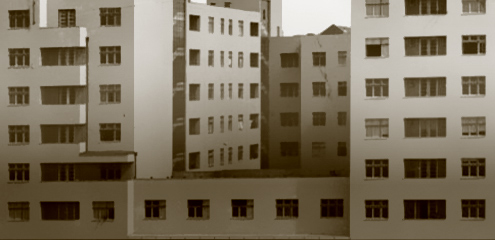Bývanie v mestskom dome Košíc v druhej polovici 19. storočia: medzi pohodlím a reprezentáciou
Housing in Košice Urban House in the Second Half of the 19th Century: Between Comfort and Representation
Author(s): Zuzana LabudováSubject(s): History, Cultural history, Architecture, Local History / Microhistory, Recent History (1900 till today), Rural and urban sociology, 19th Century
Published by: SAV - Slovenská akadémia vied - Historický ústav SAV
Keywords: housing;urban house;Košice;historicist architecture;turn of 19th and 20th centuries;Sándor Márai;
Summary/Abstract: Similar to other cities that had removed the limitations of the city wall system, there was a development of urban life in the second half of the 19th century in Košice. The middle and upper-middle burgess classes inhabited multiflat houses that were developed with a rational organisation and were functionally divided into presentation and service rooms. The representative features concentrated mainly on the facades and main staircases, copying features from palace structures in a moderate mode of neo-renaissance and neo-baroque styles in a way that we are able to see in the newly built houses on Rooseveltova Street in Košice. According to recent research, the construction of the vast majority of these houses in the 1880s and 1890s was managed by the local builder and architect Michal Répászky. He was the author of the completion and reconstruction of the great house in Hlavná Street where the world-famous writer Sándor Márai later lived.Márai wrote a dynamic description of the everyday life and rituals of life in the burgess flat of the upper-middle class in his work Confessions of a Bourgeois. The direct confrontation of Répászky's newly identified projects in this house from 1896 along with Márai's description has confirmed and added details to his artistic expression. At that time, the house was modern, yet deeply rooted in the 19th century – serving the traditional and largely conservative values of bourgeois life – and according to Márai's description, it can be said objectively that the construction history of the house overlaps with Márai's personal history.
Journal: Forum Historiae. Časopis a portál pre históriu a príbuzné spoločenské vedy
- Issue Year: 10/2016
- Issue No: 2
- Page Range: 12-22
- Page Count: 11
- Language: Slovak

